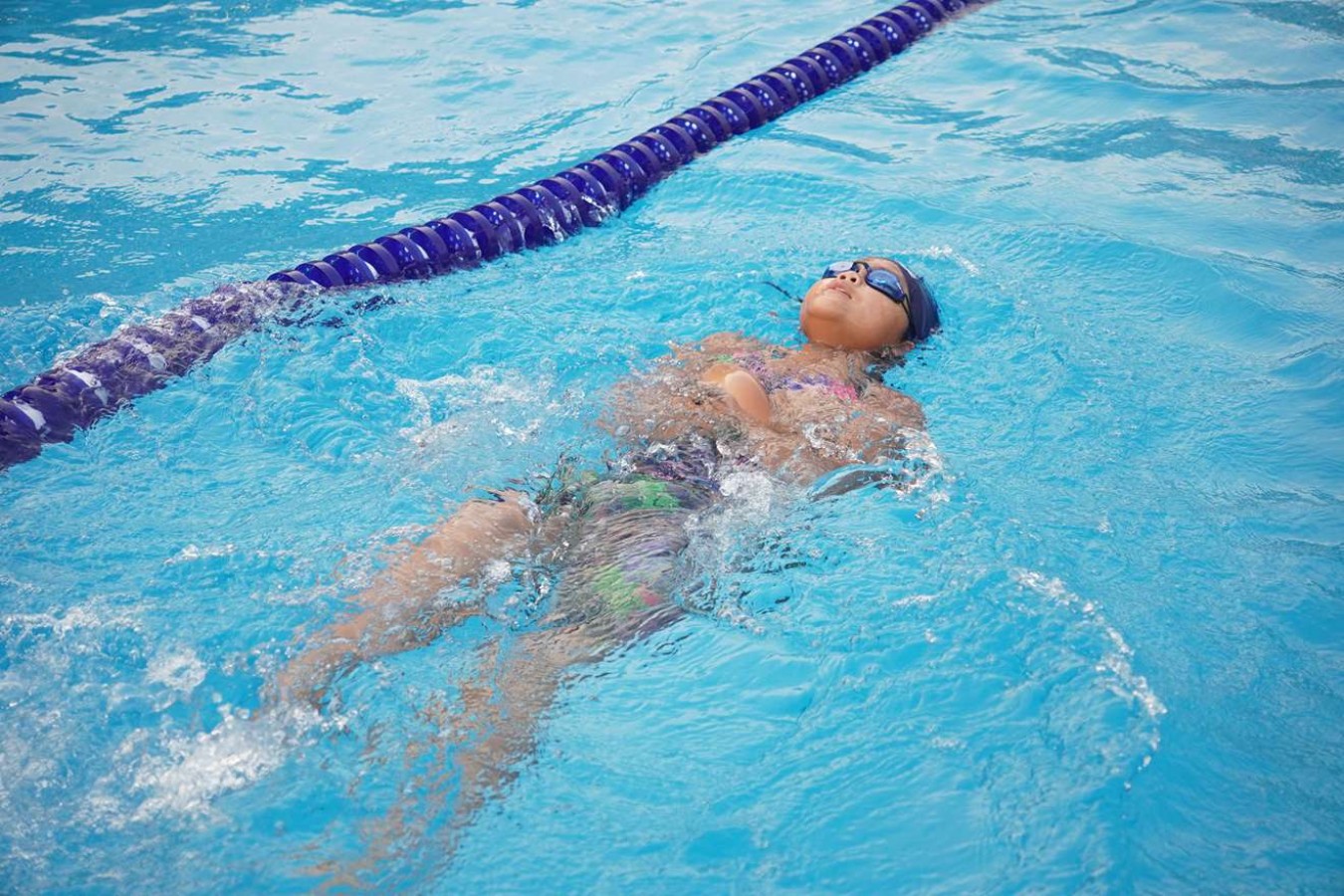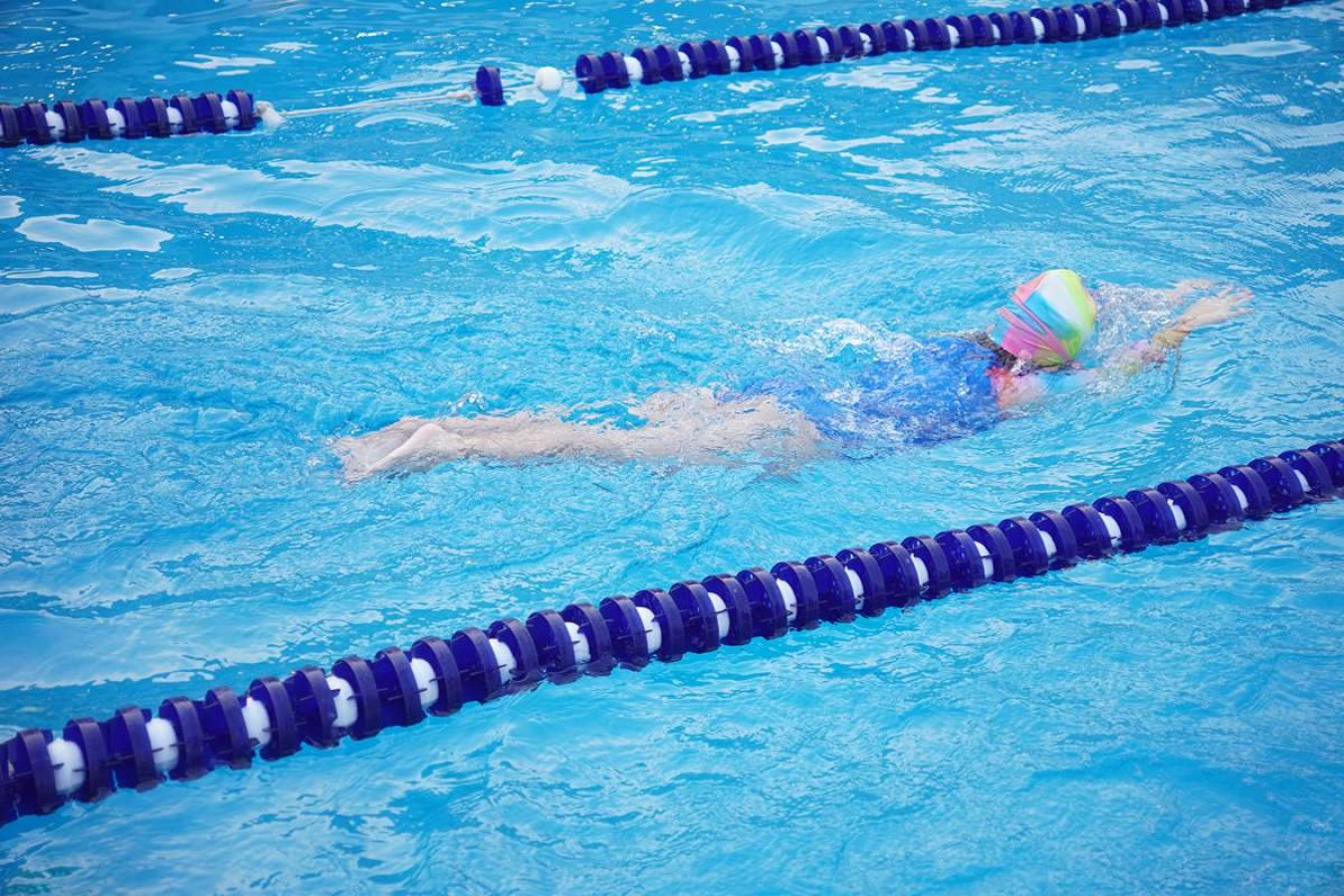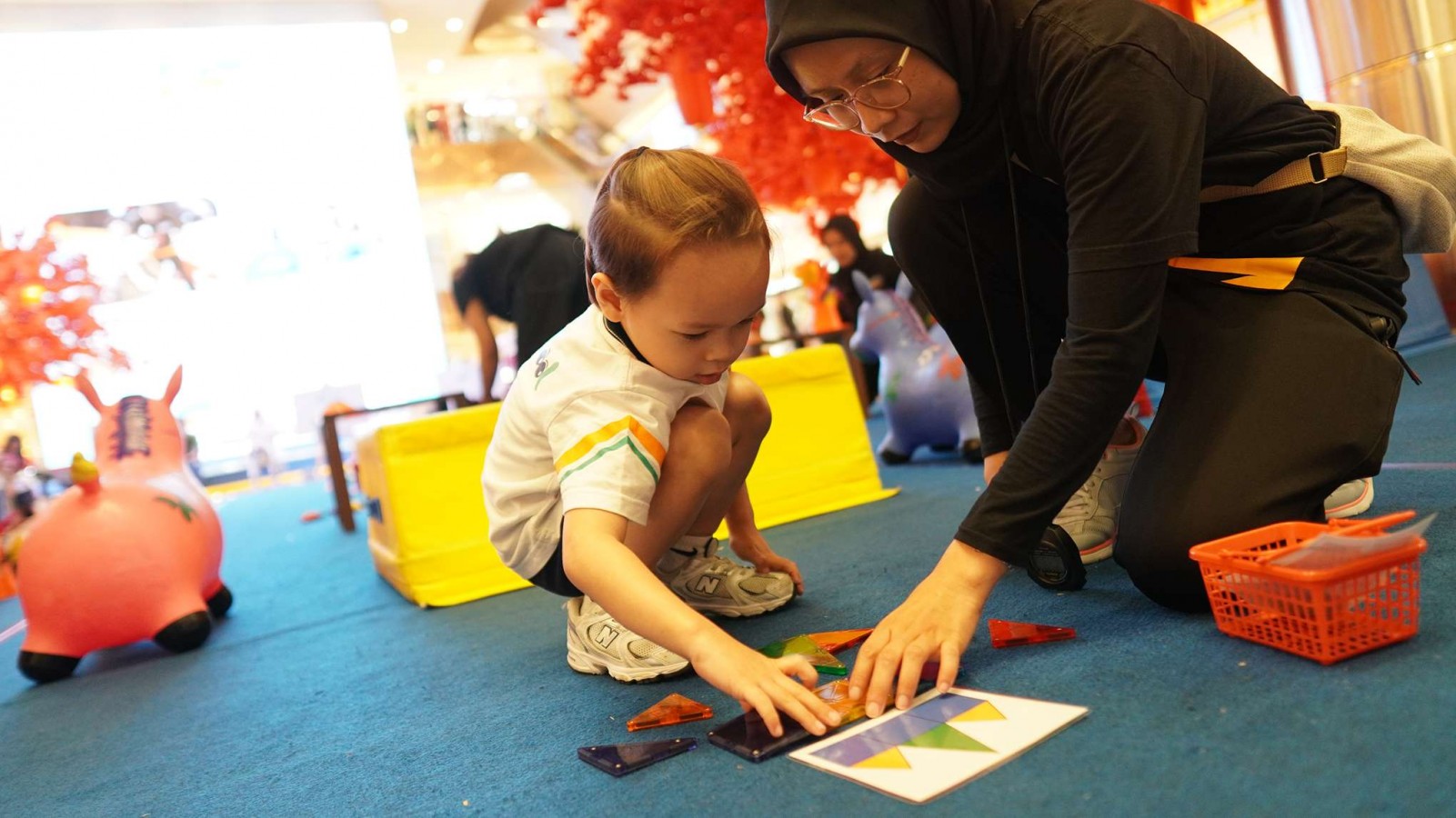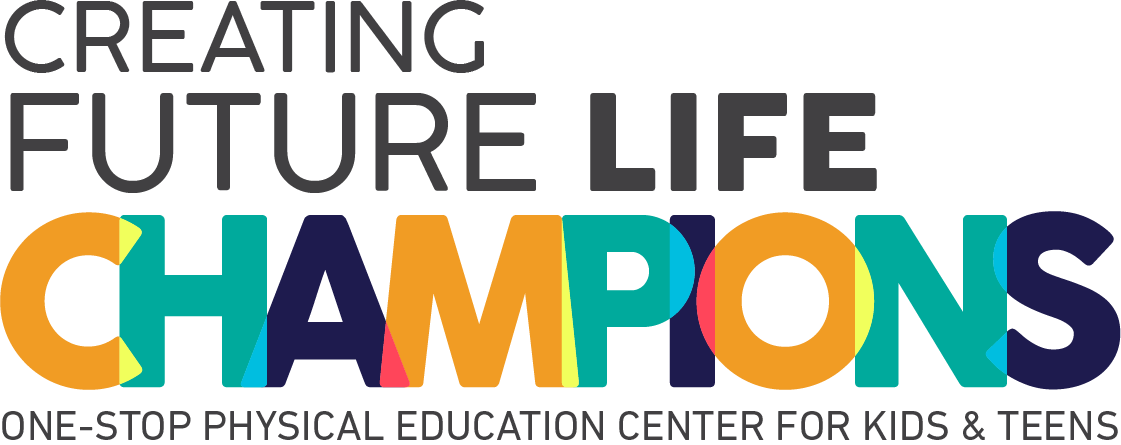Body Coordination in Children: Why It Matters and How to Improve It
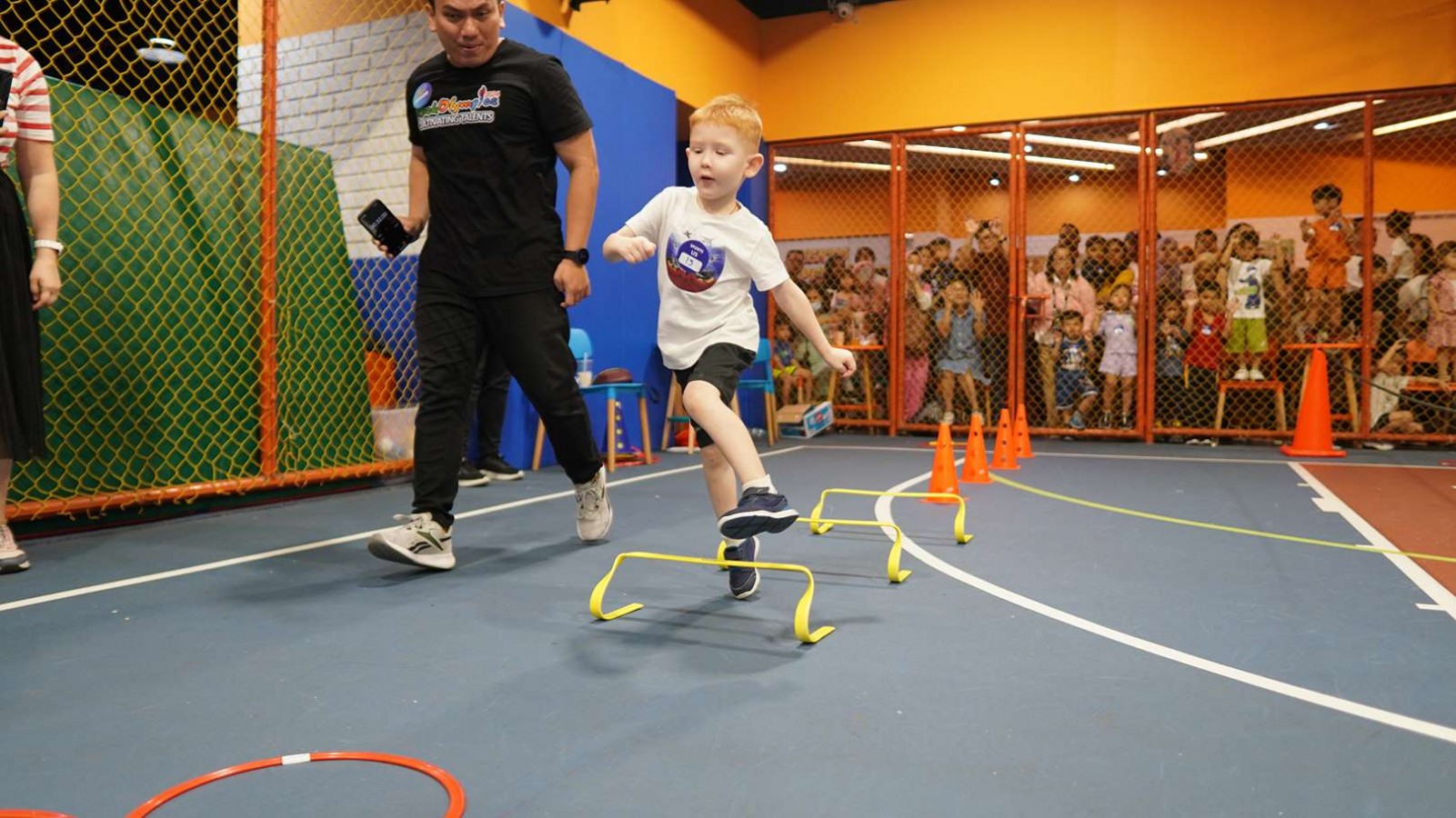
Body coordination plays a crucial role in a child's physical and cognitive development. It allows children to move efficiently, develop strength, and perform everyday tasks with ease.
Good coordination helps with sports, balance, reflexes, and even handwriting. When children struggle with coordination, they may find activities like running, catching, or even tying their shoes challenging. Fortunately, body coordination can be improved through targeted exercises or agility exercises and fun activities.
In this article, we will explore the importance of body coordination in children, how to identify poor coordination, and the best exercises to enhance their skills. Let’s check it out!
What is Body Coordination?
Body coordination is the ability to use different parts of the body together smoothly and efficiently. It involves a combination of balance, agility, and motor skills, allowing children to perform movements with control and precision. Good coordination is essential for everyday activities like running, jumping, catching, and even writing.
Why is Coordination Important for Children?
Developing coordination at a young age helps children with both physical and cognitive growth. Here are some key benefits:
1. Enhances Motor Skills
From simple actions like buttoning a shirt to more complex ones like riding a bike or dribbling a basketball, coordination helps children perform everyday tasks more smoothly. For example, learning to catch a ball sharpens hand-eye coordination, which is essential for both play and daily life skills.
2. Boosts Physical Fitness
Children with good coordination tend to move more confidently and naturally. They’re more agile, flexible, and energetic—making it easier to enjoy physical activities like jumping, running, or dancing. This keeps them active and reduces the chances of becoming overweight or developing health problems later on.
3. Improves Learning Ability
Did you know that physical activities that require coordination can actually boost brainpower? Games that involve patterns, rhythm, or timing help children focus better, remember things more easily, and solve problems quicker. It's a fun way to support their success in school!
4. Builds Confidence
Each time a child learns a new skill—like balancing on one foot or skipping with a rope—they gain confidence. Mastering physical movements gives them a sense of achievement and encourages them to try new challenges, both on and off the playground.
5. Reduces Injury Risks
With better balance and control, children are less likely to trip, fall, or get hurt while playing. This is especially important as they become more active and start joining sports or physical games. Strong coordination helps keep them safe while they explore and have fun.
Identifying Poor Balance and Coordination in Children
Some children naturally develop coordination at a slower pace than others. However, certain signs may indicate a need for improvement:
1. Frequent Clumsiness
Constantly tripping, stumbling, or dropping objects may suggest poor motor coordination.
2. Struggles with Basic Movements
Difficulty catching a ball, skipping, or riding a bike may indicate a lack of coordination.
3. Poor Hand-Eye Coordination
Struggles with tasks like buttoning clothes, handwriting, or using utensils can be a sign.
4. Lack of Spatial Awareness
Difficulty navigating through crowded spaces or bumping into objects often.
5. Avoidance of Physical Activities
A child who avoids running, jumping, or playing sports might feel uncoordinated and lack confidence in movement. If a child shows these signs, engaging them in fun coordination exercises can help improve their skills and confidence.
Types of Coordination Exercises for Kids
Different exercises focus on various aspects of body coordination. By knowing these types, you can develop your body coordination in a fun way. Here’s the types:
1. Hand-Eye Coordination Exercises
These exercises help children connect what they see with how their hands move. A simple example is throwing and catching a ball—the eyes track the ball while the hands get ready to catch it.
Other great activities include playing with building blocks, stacking cups, or even hitting a balloon with a racket. These movements build fine motor skills and sharpen focus, which are useful in both play and schoolwork like writing and drawing.
2. Foot-Eye Coordination Exercises
These focus on using the feet while keeping an eye on a target. One popular activity is dribbling a soccer ball, which teaches kids to control the ball with their feet while watching where they’re going. Jumping rope is another fun one—it improves timing, rhythm, and footwork. These exercises are great for sports training and developing faster, more precise foot movements.
3. Balance and Core Stability Exercises
Balance is a big part of coordination, and a strong core helps keep the body steady. Try standing on one foot or walking across a low balance beam. Both challenge kids to control their bodies and stay upright.
Yoga poses like tree pose, which is similar with passé in gymnastics and ballet, can also be fun and helpful. These exercises improve posture, build muscle, and help kids move with more control during everyday activities.
4. Agility Drills
Agility drills are all about quick, smart movements. Kids can try ladder drills (stepping in and out of a floor ladder), hopping over cones, or sprinting in zig-zag patterns around markers.
These activities train the brain and body to react fast, which is important in sports like basketball, soccer, and tag! Plus, it’s a great energy outlet that keeps kids moving and engaged.
5. Cross-Body Movements
These are exercises where one side of the body crosses over to the other side, like touching your left hand to your right foot. These movements may seem simple, but they play a big role in brain development, especially in helping both sides of the brain work together.
They boost coordination, memory, and learning skills. Plus, they’re great warm-up or cool-down activities!
Body Coordination Exercises for Kids
As a parent, you can hone your child's body coordination in a very easy way. Just play some of these games, here's the explanation:
1. Obstacle Course
Obstacle Course enhances agility, balance, and spatial awareness. This activity involves setting up a fun course using pillows, cones, or ropes. Children can crawl under tables, jump over hurdles, and weave through obstacles to improve their coordination and movement control.
2. Hopscotch
The objective of this activity is to develop foot-eye coordination and balance. To play, draw a hopscotch grid and have the child hop through it on one foot, alternating feet as they go.
3. Jump Rope
The objective of this activity is to improve timing, balance, and coordination. To play, encourage the child to jump rope at a steady pace, and they can try variations like alternating feet or double unders for an added challenge.
4. Balancing on One Foot
This activity is to strengthen core muscles and improve balance. To play, have the child stand on one foot for as long as they can. You can make it more challenging by asking them to close their eyes or try hopping on one foot.
5. Dribbling a Ball
Dribbling can boost foot-eye coordination and ball-handling skills. To play, have the child dribble a soccer ball or basketball around cones or in a zigzag pattern
Improve Body Coordination With Rockstar!
One of the best ways for children to develop body coordination is through engaging in multi-sports activities. Rockstar Academy’s Multi-Sports class and sports & performing arts academy program is designed to help children improve their motor skills, balance, and overall coordination in a fun and supportive environment.
By participating in Sports & Performing Arts Academy or multi sport class by Rockstar, kids learn a variety of movement patterns, enhancing their athletic abilities.
At Rockstar Academy, our experienced coaches create exciting and playful training sessions that keep children motivated and eager to improve. Whether your child is just starting or looking to refine their skills, our program provides the perfect foundation for future sports participation and overall physical development.
Enroll your child today and help them build confidence, coordination, and a lifelong love for movement. Don’t forget to sign up for our free trial to experience our class too!
FAQ
At what age should children start coordination exercises?
Children can start simple coordination exercises as early as two years old. As they grow, they can engage in more structured activities to refine their skills.
How often should kids practice coordination exercises?
Ideally, children should engage in coordination activities at least three to five times a week for optimal development.
Can poor coordination be improved?
Yes! With consistent practice, children can significantly improve their coordination, balance, and motor skills over time.
